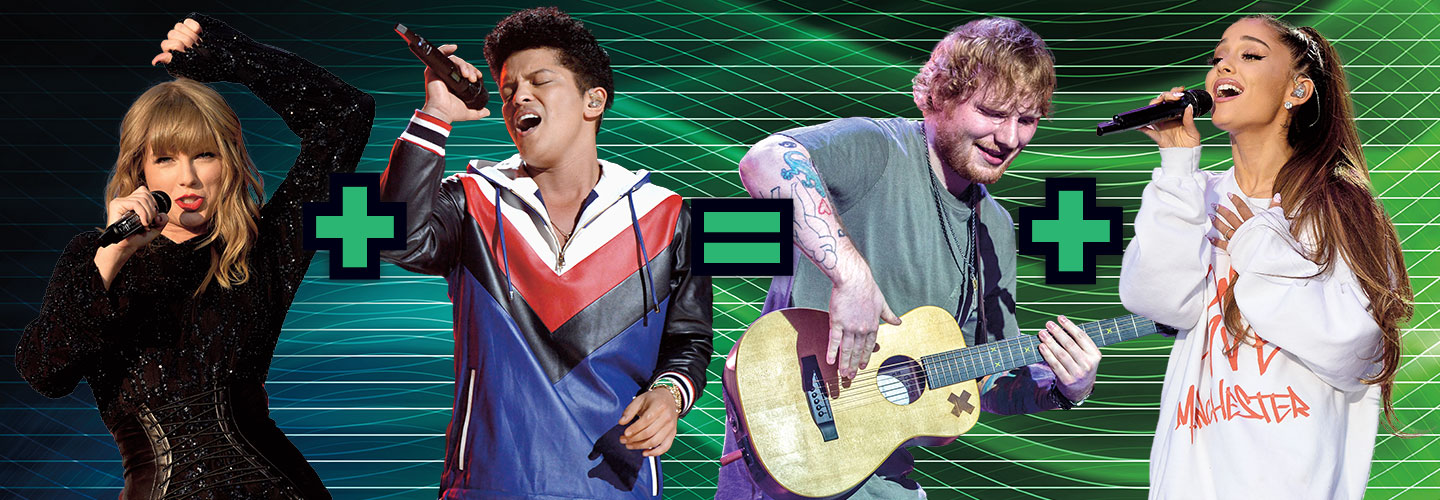Courtesy of Ed Newett
For millions of Spotify users, Mondays mean new music. The app was launched 10 years ago, on October 7, 2008, to allow listeners to stream their favorite songs. Normally, users choose their own music. The Discover Weekly playlist, however, offers something totally unexpected. The playlist is packed with artists that listeners have probably never heard of but whose music perfectly matches their tastes.
To some listeners, the playlists can be almost eerily perfect. The feature was added in 2015 and has been carefully crafting playlists ever since. But there’s no dark magic behind the recommendations—it’s all data analysis, probability, and computer science.
Ed Newett is a computer scientist at Spotify. He created the Discover Weekly algorithm, which assembles those perfect playlists. An algorithm is a set of rules that a computer follows to solve a problem. It takes inputs, or provided information, and creates outputs, or results, based on the algorithm’s rules.
Discover Weekly’s algorithm consists of two steps. “The first step is learning how songs are related to one another,” explains Newett. It learns this by studying the playlists that users have already created. The more frequently songs appear together on user-created playlists, the stronger the relationship between the songs, and the stronger the likelihood that someone who likes one song will like the other. Spotify’s Discover Weekly algorithm has a staggering amount of data to learn from: 35 million songs found in more than 2 billion user-created playlists!
For millions of Spotify users, Mondays mean new music. The app was launched 10 years ago, on October 7, 2008. It allows listeners to stream their favorite songs. Normally, users choose their own music. But the Discover Weekly playlist offers something totally different. The playlist is packed with artists that listeners have probably never heard of. But often, the music perfectly matches their tastes.
Spotify added the Discover Weekly feature in 2015. It's been carefully crafting playlists ever since. To some listeners, the playlists can be so perfect it's almost creepy. But there's no dark magic behind the recommendations. It's all data analysis, probability, and computer science.
Ed Newett is a computer scientist at Spotify. He created the Discover Weekly algorithm, which assembles those perfect playlists. An algorithm is a set of rules that a computer follows to solve a problem. The computer starts with inputs, or provided information. It creates outputs, or results, based on the rules of the algorithm.
Discover Weekly's algorithm consists of two steps. "The first step is learning how songs are related to one another," explains Newett. It learns this by studying the playlists that users have already created. It looks for songs that appear together on user-created playlists. The more frequently this happens, the stronger the relationship between the songs is. That means that someone who likes one of the songs will be more likely to like the other one too. Spotify's Discover Weekly algorithm has a staggering amount of data to learn from. There are 35 million songs on more than 2 billion user-created playlists!

